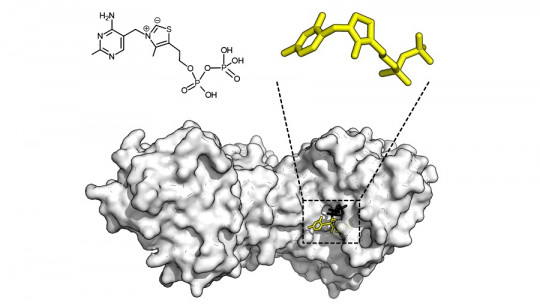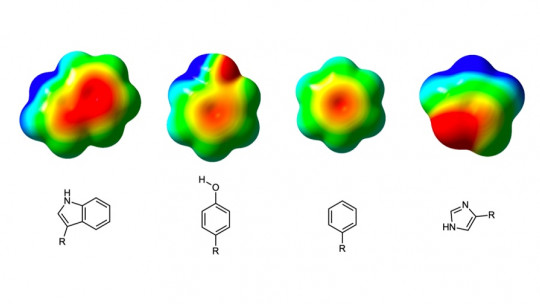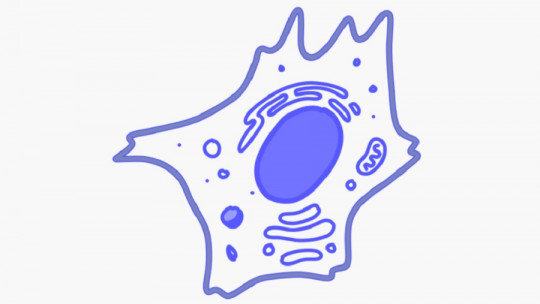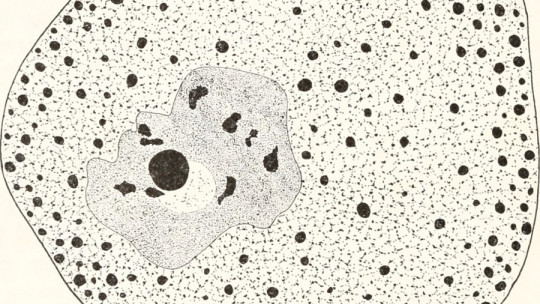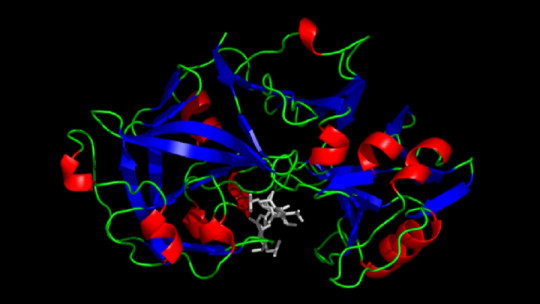From a biochemical point of view, a metabolic pathway is a succession of chemical reactions in which a substrate is transformed and gives rise to a final product/products, through a series of intermediate metabolites. Metabolic pathways occur continuously in all the cells of our body because, for example, glycolysis is an essential chemical process for cells to obtain energy.
Metabolic pathways are essential to maintain our homeostatic balance, that is, each and every one of our cells can survive by maintaining a stable internal composition. Enzymes play an essential role here, biochemical catalysts that accelerate the reactions that occur inside living beings.
Enzymes act on substrates, which end up being converted into products in one or more steps. Although the functionality of these organic molecules is widely discussed, it is interesting to know that there is more than one type of enzyme, each with its own chemical and functional particularities. Here we tell you everything about the apoenzymes
What is an enzyme?
According to the Oxford Languages dictionary, An enzyme is defined as a soluble protein produced by the body’s cells, which favors and regulates chemical reactions in living beings
Although these molecules are protein in nature in most cases, we cannot forget that there are others produced based on RNA, the ribozymes, whose particularities we leave for another occasion.
Enzymes are biocatalysts , and we must briefly stop at this term to continue with the concept that concerns us here. A chemical reaction can be observed from both a thermodynamic and kinetic point of view, but, whatever the case, the most immediate thing is to indicate the change in free energy that occurs as the reaction takes place.
A + B → C + D
For A + B to be transformed into the products, there must be an activation energy, that is, the minimum amount of energy that a system needs before being able to start a certain process, that “barrier” that must be overcome to reach the state activation (EA). Biocatalysts such as enzymes reduce this energy necessary for these reactions to occur through two mechanisms:
So that, Enzymes act with both substrate and action specificity to know who to bind to or what type of reaction to promote, respectively It is clear that we have presented the term in a summary way, since the structure and functionality of enzymes provides enough information to write several books about it.
What is an apoenzyme?
Once we have briefly circumscribed the term enzyme, we are ready to address the one that concerns us here. Enzymes are usually globular proteins composed of a concatenation of amino acids (almost all enzymes are larger than the substrates but only 3-4 specific amino acids are involved in catalysis) soluble in water but, according to their composition, two types are distinguished.
The enzymes in use are composed of one or several protein chains, also known as polypeptide chains. On the other hand, Holoenzymes are chemically more complex, since they are made up of a protein part called apoenzyme and a non-protein part called cofactor
Holoenzyme = Apoenzyme + cofactor
Let’s look at each of these components in detail below.
1. Apoenzyme
So that, We can define an apoenzyme as the protein part of an enzyme (holoenzyme) that, to be active, needs to be linked to the corresponding cofactor , also known as coenzyme when it is an organic cofactor of a non-protein nature. Also called apoprotein.
The apoenzyme, like the enzymes themselves, is a globular protein formed exclusively by an ordered sequence of amino acids, its simplest subunits. These amino acids perform the enzymatic capacity of the biomolecule but, as we have said, only a few are involved in the catalysis themselves. Depending on the function they perform, we can distinguish 4 types of amino acids in the apoenzyme :
These last two types of amino acids, the catalytic and the binding, form the active site, that is, the area of the enzyme where the substrate binds to be catalyzed The enzyme-substrate coupling is such that Hermann Emil Fischer, a renowned German chemist of the 20th century, described such binding as follows: “the substrate fits the active or catalytic center of an enzyme like a key fits a lock.”
Thanks to this simile, the key-lock complex has been used to explain enzymatic action historically in schools and institutes, although in reality it is a much more versatile and adaptable mechanism.
2. Cofactor
To fully understand the holoenzyme (and therefore the apoenzyme) it is necessary to describe the cofactor, its non-protein component. Cofactors are basically of two types: metal ions and organic molecules, also known as enzymes Within the group of metal ions we find representatives such as Fe2+, Cu2+, K+, Mn2+, Mg2+ and many others. Mainly, these ions usually act as the catalytic center itself or as stabilizing agents of the conformation of the holoenzyme.
On the other hand, coenzymes are non-protein organic cofactors (because if they were composed of amino acids, they would be part of the chain of the enzyme itself). They are thermostable biological compounds that, linked to the apoenzyme, make up the holoenzyme in its entirety. It should be noted that the coenzyme-apoenzyme union is not specific, since these organic cofactors can bind to different types of apoenzymes and the bond is usually temporary. Some examples of coenzymes are FAD (flavin-adenine dinucleotide), Coenzyme A and Coenzyme Q. Surely some of them sound familiar to you, right?
Finally, we emphasize that The basic mechanism of action of coenzymes can be summarized in the following points :
Of course, these steps are stated in the most reductionist way possible, but the general idea is clear: an apoenzyme and the cofactor, whether organic or inorganic, give rise to a holoenzyme a biocatalyst that causes metabolic reactions in our body to happen more quickly.
General summary
Thus, we can summarize that the apoenzyme is the protein part of a holoenzyme, which accounts for the majority of its three-dimensional chemical structure. In general, enzymes can be conceived as essential biomolecules for life, since due to their specificity, reversibility, efficiency, great catalytic power and permanence over time, they are capable of accelerating multiple chemical reactions that, without them, would be much more slow and expensive.
With all this terminological conglomerate we want to emphasize that, to know the functionality of a molecule, it is also necessary to know about its chemical structure and components necessary for its operation. Without the apoenzyme, the concept of a complex enzyme made up of compounds beyond proteins could not be understood.
- Aguado Esteban, C. (2008). Research in hereditary metabolic mutation-specific therapies: response to cofactors and antisense therapy.
- Briceño, K. Apoenzyme: Characteristics, Functions and Examples.
- Briceño, K. Holoenzyme: Characteristics, Functions and Examples.
- Monguí Aponte, LY, Hernández Guzmán, TD, & González Gómez, LF (2020). Teaching-learning of the coenzyme and apoenzyme concepts associated with the study of enzymatic activity: a look from the problem-based learning model using the flipped classroom methodology.
- Moreno, JCV (2016). Pyridoxal phosphate: inhibition mechanism, role as cofactor and synthesis (Doctoral dissertation, Complutense University).
- Rincón, LEC, & Muñoz, LMM (2005). Soil enzymes: health and quality indicators. Colombian Biological Act, 10(1), 5-18.
- Soler-González, AS (1994). Basic topology of HMGCOA reductase through computerized analysis of its sequences and study of the holoenzyme reconstituted in phospholipid vesicles (Doctoral dissertation, University of Granada).
- Topic 5: enzymes. Collected on January 16 at http://www.edu.xunta.gal/centros/iespuntacandieira/system/files/05_Enzimas.pdf.

